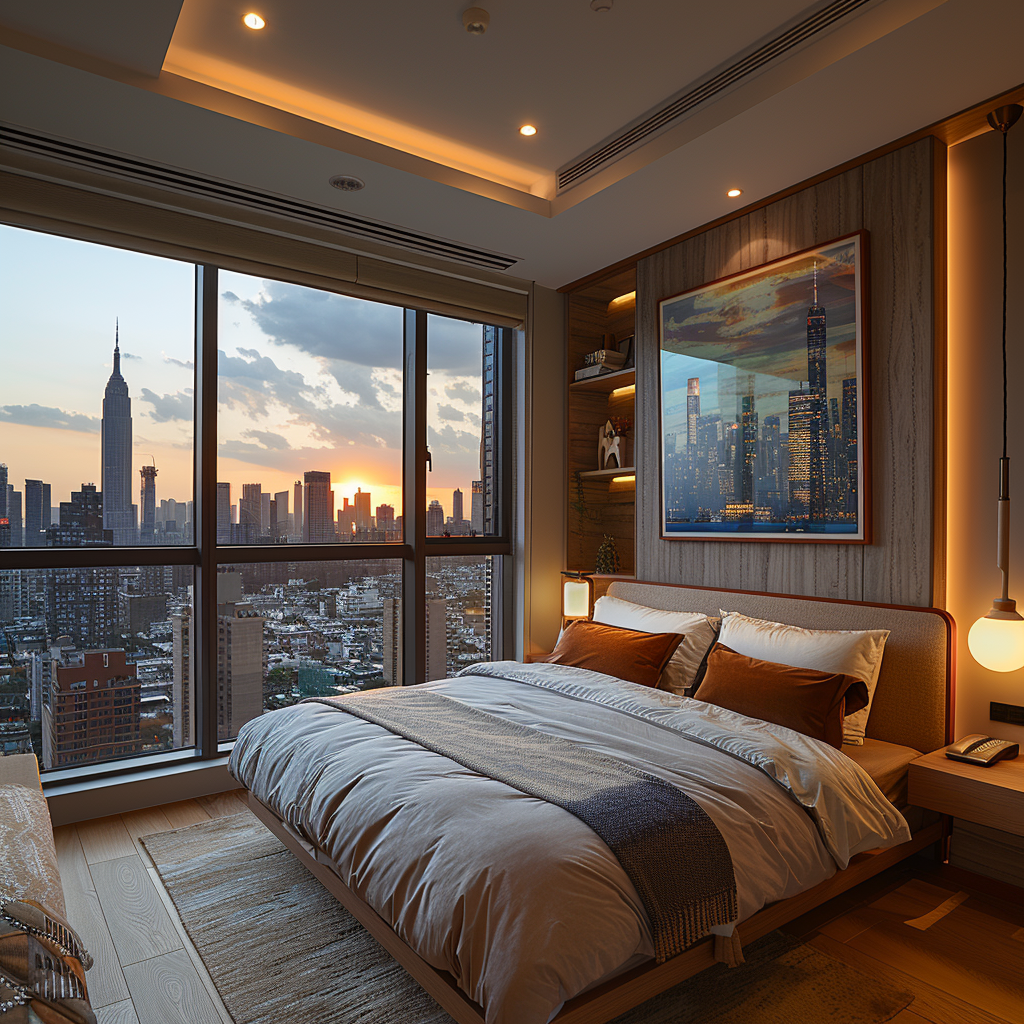The intersection of artificial intelligence (AI) and interior design marks a watershed moment in the evolution of our living environments. As AI continues to permeate various sectors, its integration into interior design promises to redefine the very essence of how we conceive, create, and inhabit our personal spaces. No longer confined to industries like healthcare and finance, AI-driven technologies are now making significant strides in reshaping the way we interact with our homes, offering unprecedented levels of adaptability, personalization, and functionality.
This exploration into the fusion of AI and interior design unveils a landscape teeming with possibilities. Leveraging machine learning algorithms, robotics, and advanced analytics, AI holds the potential to revolutionize every aspect of our living spaces, from layout and aesthetics to functionality and comfort. Imagine a home that intuitively adjusts its lighting, temperature, and even furniture arrangement based on the occupants' preferences, habits, and real-time needs. With AI at the helm, our homes can evolve into dynamic, responsive environments that seamlessly adapt to our ever-changing lifestyles.
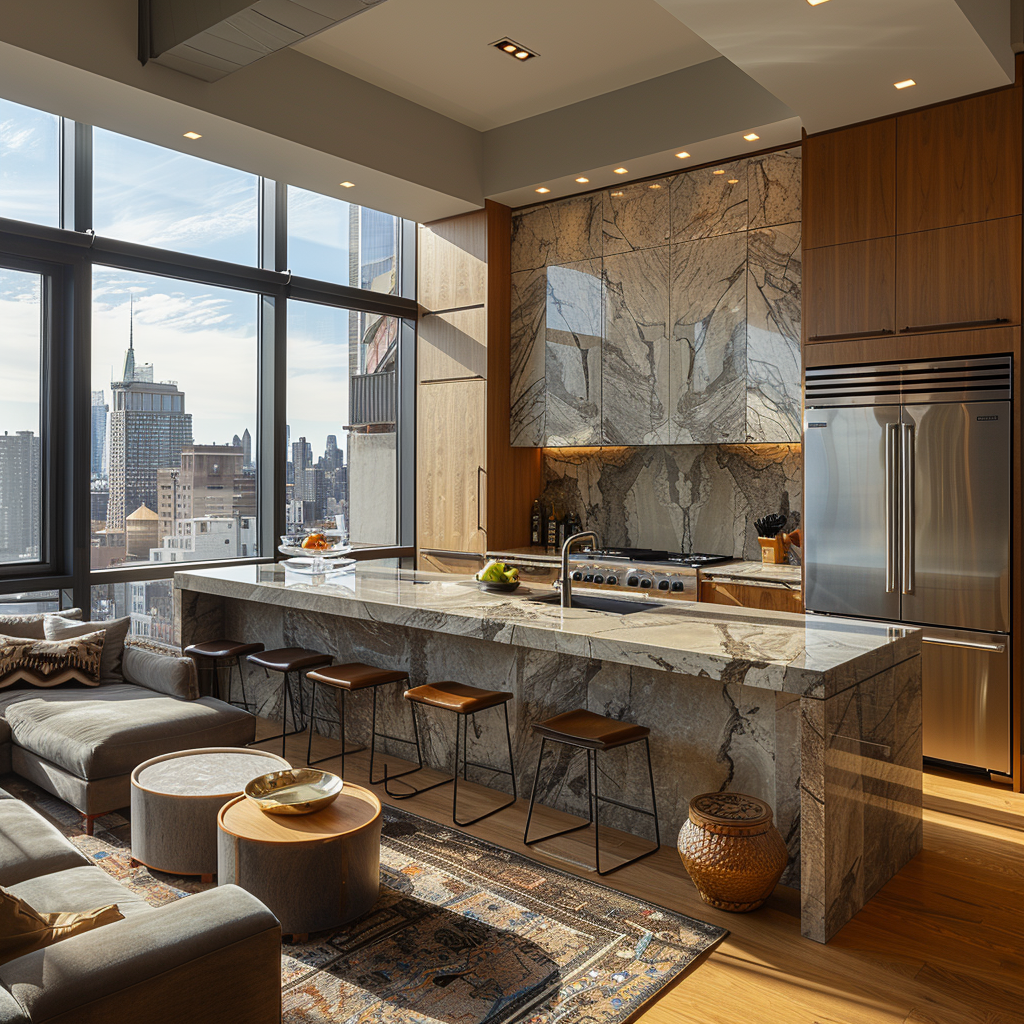
Furthermore, AI-driven interior design technologies offer more than just convenience; they also promise to elevate our overall well-being. By analyzing vast amounts of data regarding individual preferences, habits, and lifestyle patterns, AI can tailor living spaces to optimize comfort, productivity, and relaxation. From smart lighting systems that mimic natural daylight to furniture arrangements that promote ergonomic support, AI has the potential to create environments that nurture both body and mind.
Moreover, the integration of AI into interior design opens up new frontiers for creativity and innovation. Designers can harness AI-driven tools to explore bold new concepts, experiment with unconventional materials, and push the boundaries of traditional design norms. With AI as a collaborative partner, the possibilities for creating visually stunning, highly functional interiors are virtually limitless.
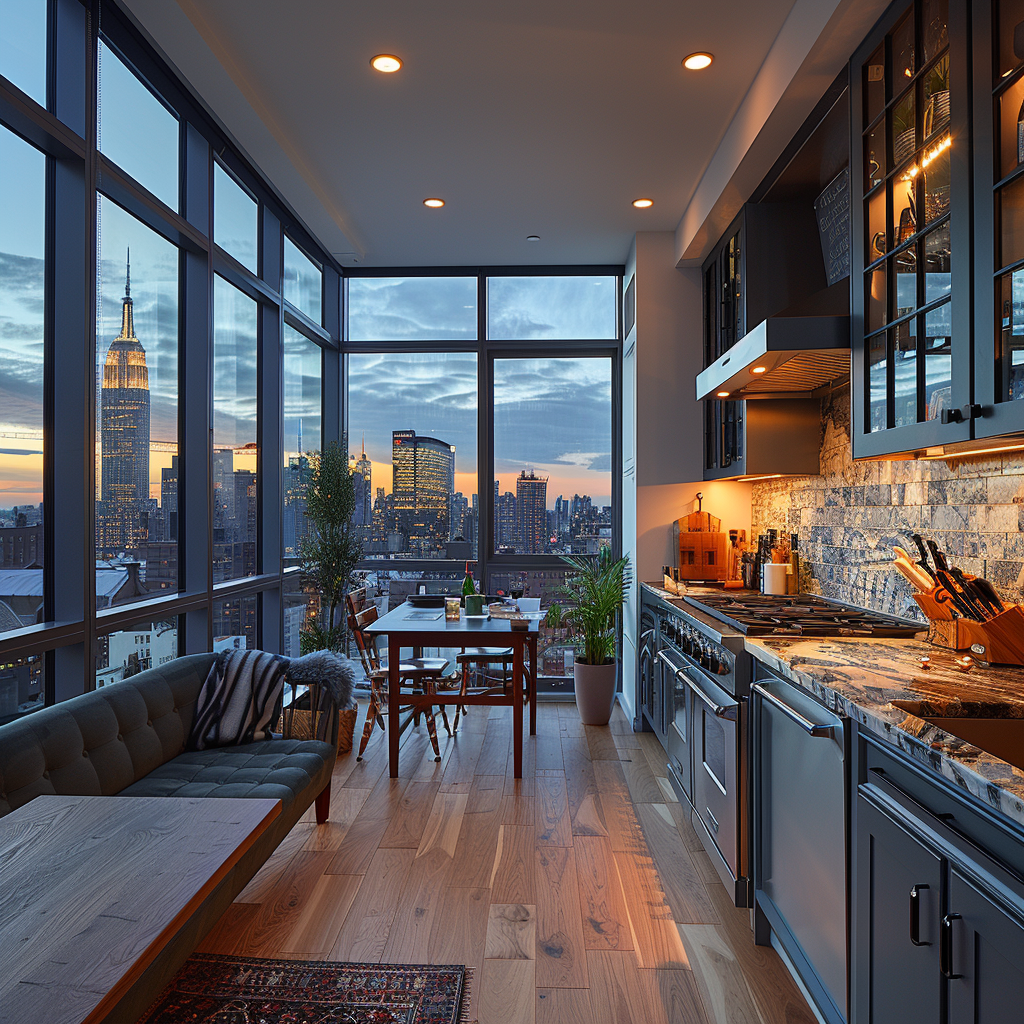
AI and Personalized Living Spaces
AI's integration into interior design marks a profound shift in how we conceptualize and inhabit our living spaces. By harnessing the power of machine learning algorithms and advanced analytics, designers can now create environments that are not only aesthetically pleasing but also highly functional and tailored to the unique needs and preferences of the inhabitants.
Imagine waking up in a bedroom that adjusts its lighting and temperature based on your sleep patterns and daily schedule, gently easing you into the day with soft, natural light and comfortable temperatures. As you move through your home, AI sensors track your movements and activities, seamlessly adapting the environment to suit your needs in real-time. Whether you're working from home, entertaining guests, or simply unwinding after a long day, the space effortlessly transforms to accommodate your activities and enhance your experience.
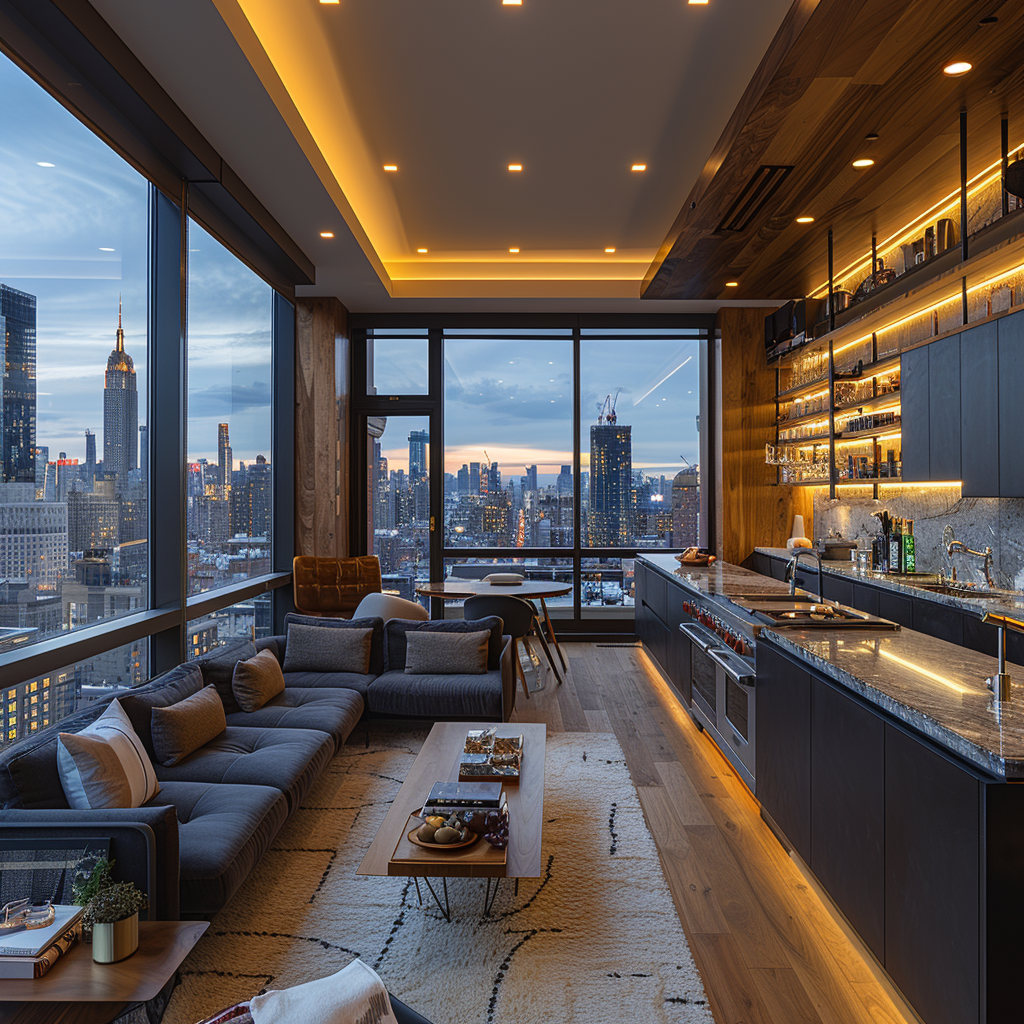
Beyond mere convenience, AI-driven interior design offers a deeper level of personalization that fosters a stronger connection between individuals and their living spaces. By analyzing data on user preferences, habits, and lifestyle choices, AI algorithms can anticipate the needs of the occupants and proactively adjust the environment to optimize comfort, productivity, and well-being.
Furthermore, AI technology has the potential to revolutionize the design process itself, streamlining workflows, enhancing creativity, and empowering designers to explore new possibilities. With AI-generated design recommendations, predictive modeling, and virtual reality simulations, designers can experiment with different layouts, materials, and styles more efficiently than ever before, ultimately delivering better outcomes for their clients.
As AI continues to evolve and become more integrated into our daily lives, the possibilities for personalized, adaptive interior design are limitless. From smart homes that anticipate our every need to immersive virtual environments that transport us to new worlds, AI is reshaping the way we experience and interact with our built environment. In this era of intelligent design, our homes are not just static spaces but dynamic, responsive ecosystems that evolve with us, enhancing our lives in ways we never thought possible.
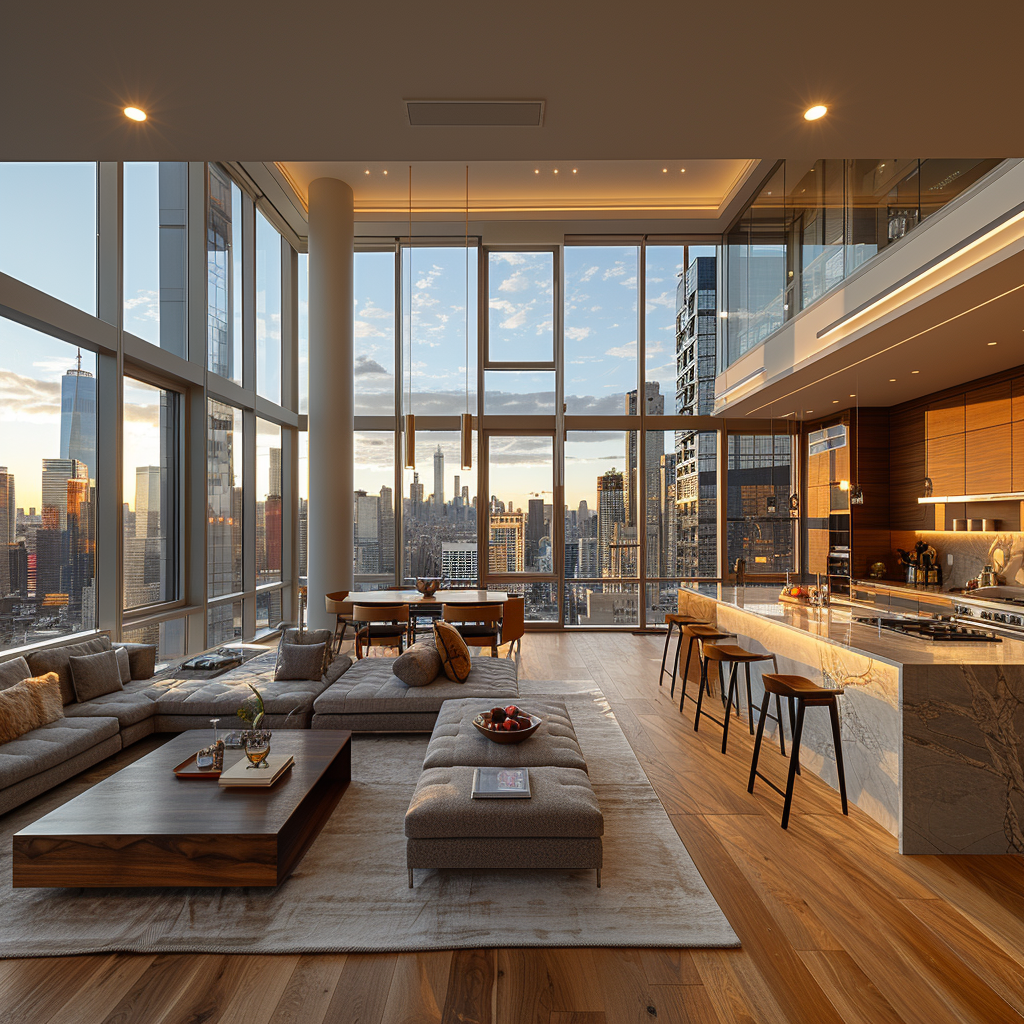
Robotics in Furniture and Space Management
Robotics in interior design heralds a new era of dynamic and adaptable living spaces. With advancements in robotics technology, furniture and space management solutions are becoming more intelligent and versatile than ever before. One of the most exciting applications of robotics in this domain is the development of robotic furniture systems, which can revolutionize the way we utilize space in our homes and offices.
Imagine a compact studio apartment that seamlessly transforms from a cozy living room into a comfortable bedroom at the touch of a button. Robotic furniture systems make this possible by utilizing motorized mechanisms and sensors to reconfigure themselves based on the needs of the occupants. For example, a sofa can effortlessly convert into a bed, a coffee table can rise to become a dining table, and storage units can slide and rotate to reveal hidden compartments.

These robotic furniture systems are particularly well-suited for micro-living spaces, where maximizing every square inch is essential. By eliminating the need for separate pieces of furniture for different functions, they help optimize space utilization and create multifunctional environments that adapt to the changing needs of residents throughout the day. This is especially beneficial in urban areas where real estate is at a premium and flexible living solutions are in high demand.
Moreover, robotics in interior design can enhance the accessibility and usability of spaces for people with mobility issues or disabilities. Motorized furniture can adjust its height or position to accommodate individuals with varying mobility needs, providing them with greater independence and freedom within their living environment.
In addition to residential applications, robotics in interior design also holds immense potential for commercial and hospitality settings. From flexible office layouts that can be reconfigured on-the-fly to interactive retail displays that engage customers in novel ways, robotics technology is reshaping the way we interact with and experience interior spaces across various sectors.
Overall, robotics in furniture and space management represents a paradigm shift in interior design, offering unprecedented levels of adaptability, efficiency, and convenience. As this technology continues to evolve, we can expect to see even more innovative solutions that blur the lines between form and function, transforming our living and working environments in remarkable ways.
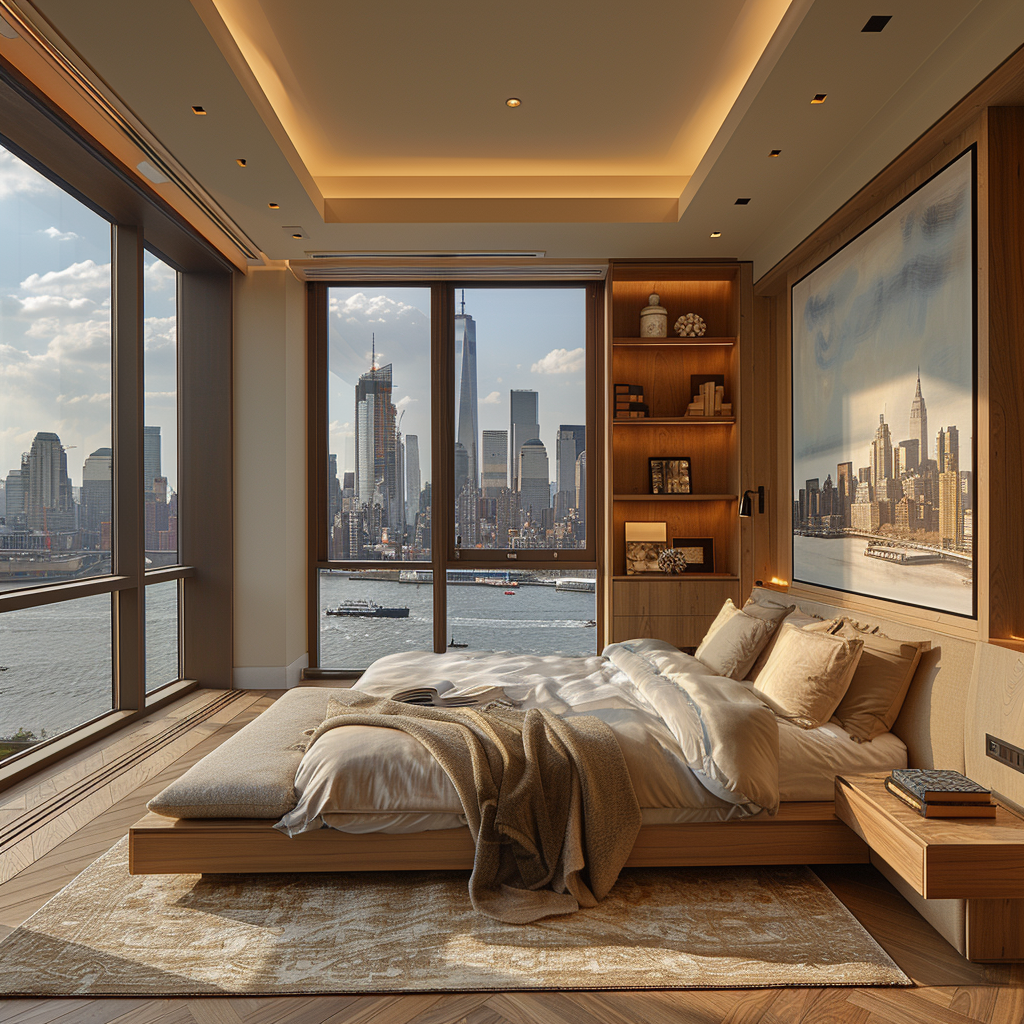
AI-Driven Analytics for Sustainable Interiors
AI-driven analytics are revolutionizing the way we approach sustainability in interior design. With the increasing focus on environmental conservation and resource efficiency, integrating AI into the design process offers powerful solutions for creating more eco-friendly spaces. By harnessing the power of data analysis and machine learning algorithms, AI-driven systems can provide valuable insights and recommendations to minimize the environmental footprint of interior spaces.
One of the key areas where AI-driven analytics can make a significant impact is in optimizing energy usage and reducing carbon emissions. AI algorithms can analyze data from smart sensors installed throughout a home to understand energy consumption patterns and identify areas for improvement. For example, AI systems can automatically adjust heating, cooling, and lighting settings based on occupancy patterns, weather conditions, and energy prices to maximize efficiency while maintaining comfort levels. By optimizing energy usage in this way, AI-driven analytics can help reduce energy bills and minimize the carbon footprint of a home.

In addition to energy optimization, AI-driven analytics can also play a crucial role in promoting sustainable material choices and design practices. By analyzing vast amounts of data on building materials, manufacturing processes, and environmental impact assessments, AI systems can recommend materials that are both eco-friendly and aesthetically pleasing. For example, AI algorithms can identify low-impact materials such as recycled wood, bamboo, or reclaimed materials for flooring, furniture, and finishes. Furthermore, AI can assess the lifecycle impact of different design choices, helping designers and homeowners make informed decisions that minimize waste and promote sustainability.
Moreover, AI-driven analytics can facilitate the implementation of green building certifications such as LEED (Leadership in Energy and Environmental Design) or WELL Building Standard. By analyzing data on building performance and environmental factors, AI systems can help designers optimize their designs to meet the stringent requirements of these certification programs, ensuring that interiors are not only aesthetically pleasing but also environmentally responsible and conducive to occupant health and well-being.
Overall, AI-driven analytics hold immense potential for advancing sustainability in interior design. By leveraging data-driven insights and recommendations, designers and homeowners can create living spaces that are not only beautiful and functional but also environmentally friendly and sustainable for future generations. As AI technology continues to evolve, we can expect to see even more innovative solutions that transform the way we design and inhabit interior spaces, driving us towards a more sustainable and resilient future.
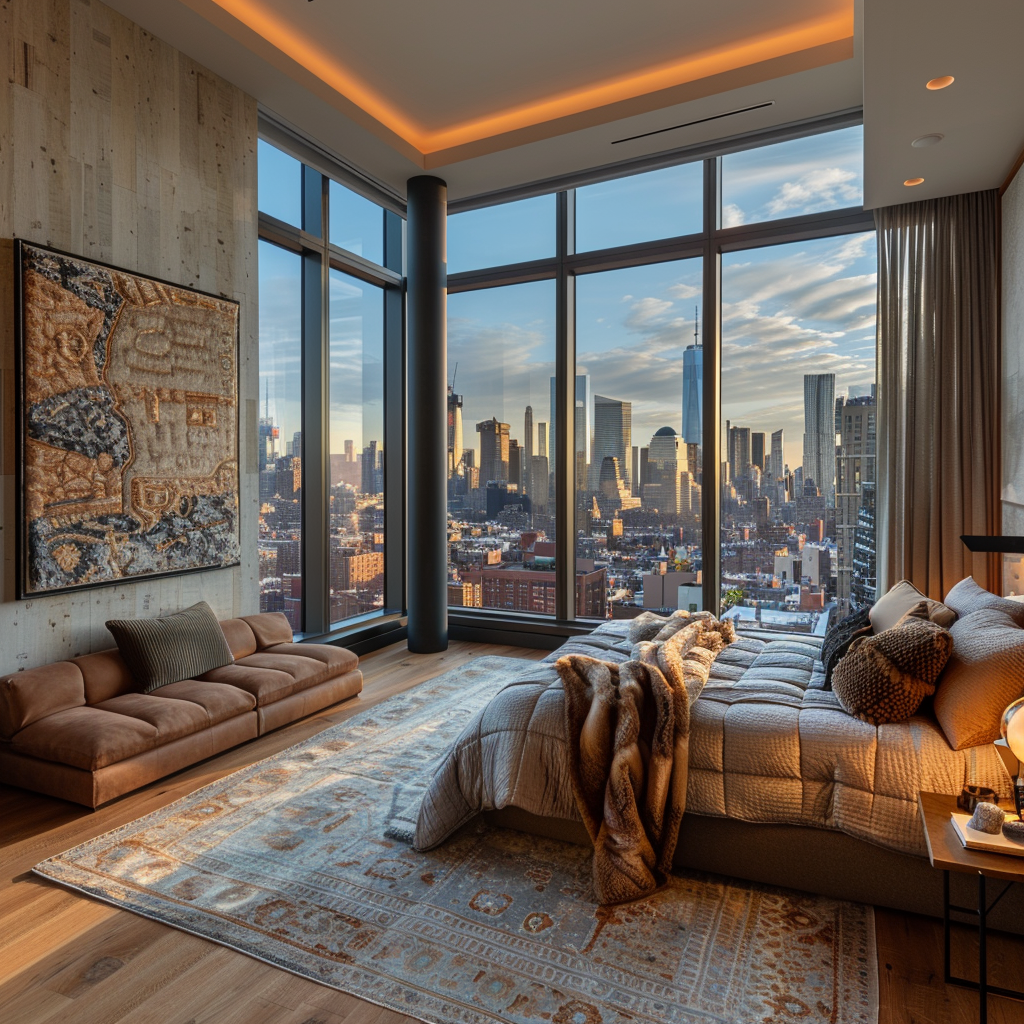
Enhancing Safety and Accessibility
AI technologies hold immense potential for enhancing safety and accessibility within interior spaces, particularly for individuals with mobility or cognitive impairments. By leveraging advanced algorithms and machine learning capabilities, AI-powered systems can provide innovative solutions that improve the overall quality of life and independence for people of all ages and abilities.
One of the key ways AI enhances safety and accessibility is through voice-controlled assistants and smart home devices. Voice-activated assistants, such as Amazon Alexa or Google Assistant, enable users to control various aspects of their home environment using simple voice commands. This hands-free approach to home automation can be particularly beneficial for individuals with mobility challenges, allowing them to adjust lighting, temperature, and other settings without the need for manual interaction with switches or controls.
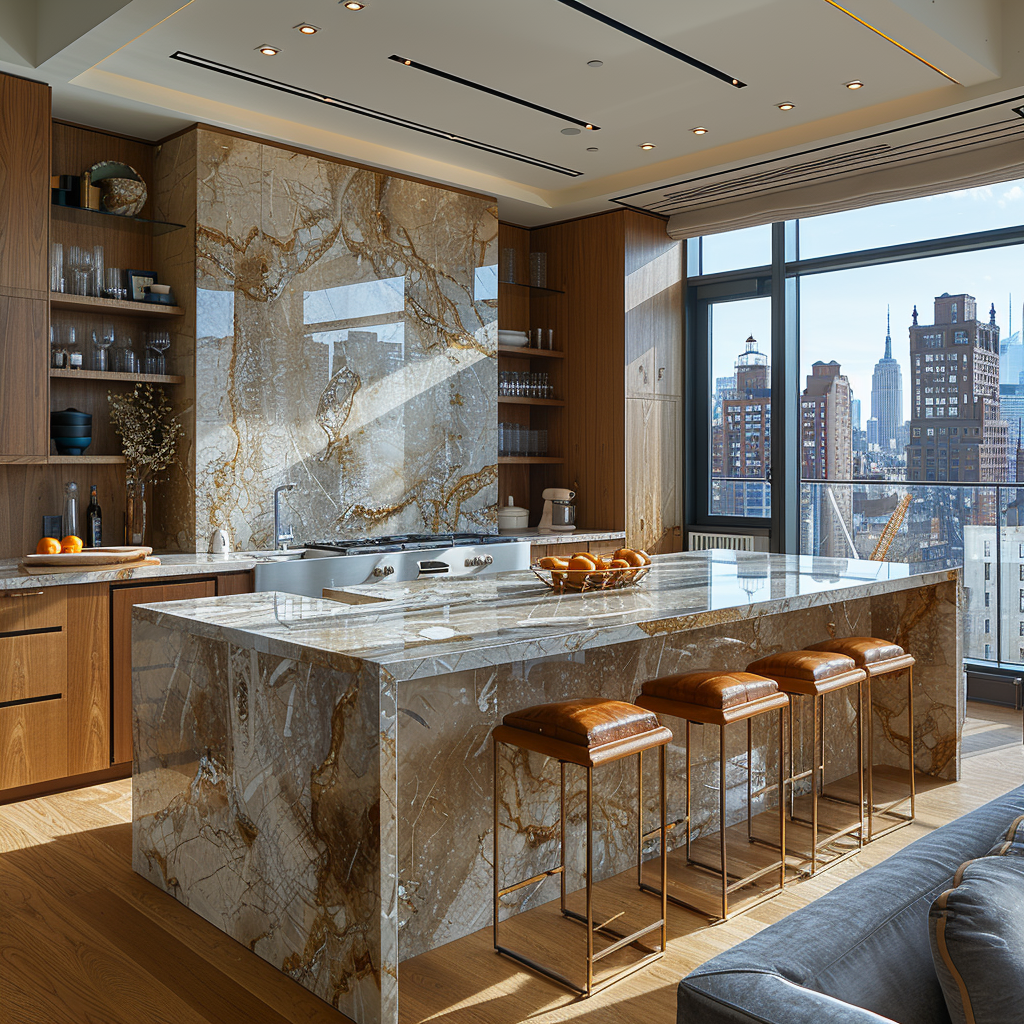
Additionally, AI-powered monitoring systems can play a crucial role in enhancing safety and security within interior spaces. These systems utilize advanced sensors, cameras, and algorithms to detect and respond to potential hazards or emergencies in real-time. For example, smart smoke detectors equipped with AI algorithms can distinguish between different types of smoke and provide early warnings of potential fires. Similarly, AI-powered security cameras can analyze video footage to identify suspicious activities or intruders, providing homeowners with peace of mind and ensuring a safer living environment.
Furthermore, AI technologies can improve accessibility by optimizing the layout and design of interior spaces to accommodate individuals with diverse needs. By analyzing data on user preferences, mobility patterns, and ergonomic requirements, AI systems can recommend modifications and adjustments to improve accessibility and usability. For example, AI-powered design software can suggest layout changes, furniture arrangements, and assistive devices that enhance accessibility without compromising aesthetics or functionality.
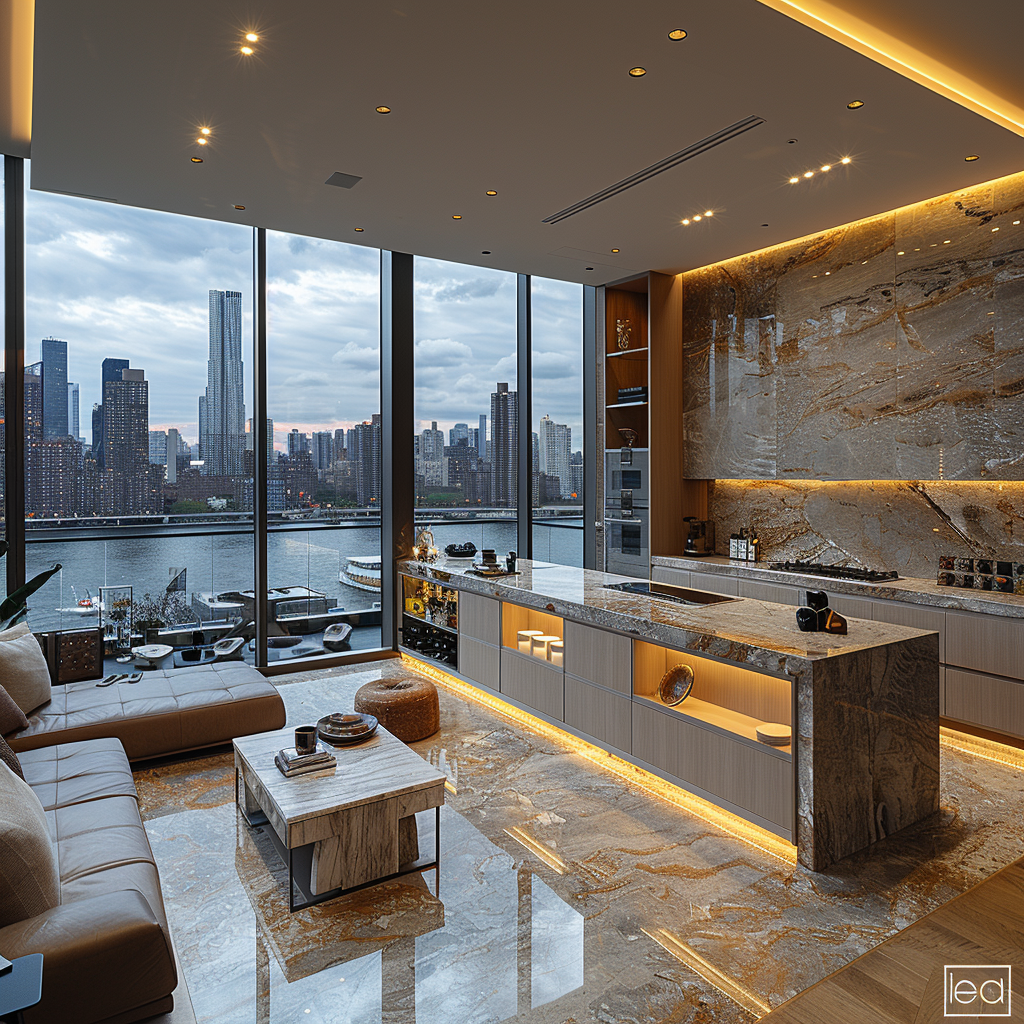
Moreover, AI-driven systems can provide personalized assistance and support to individuals with cognitive impairments or memory loss. Virtual assistants equipped with AI algorithms can remind users of important tasks, appointments, and medication schedules, helping them stay organized and independent. These systems can also provide cognitive stimulation and engagement through interactive games, puzzles, and activities tailored to the user's interests and abilities.
Overall, AI technologies have the potential to revolutionize safety and accessibility within interior spaces, making homes more inclusive and welcoming for individuals of all abilities. By leveraging the power of AI-driven solutions, we can create living environments that empower people to live independently, safely, and comfortably, regardless of their physical or cognitive limitations. As AI continues to advance, we can expect to see even more innovative solutions that enhance the accessibility and usability of interior spaces, making them truly inclusive for everyone.
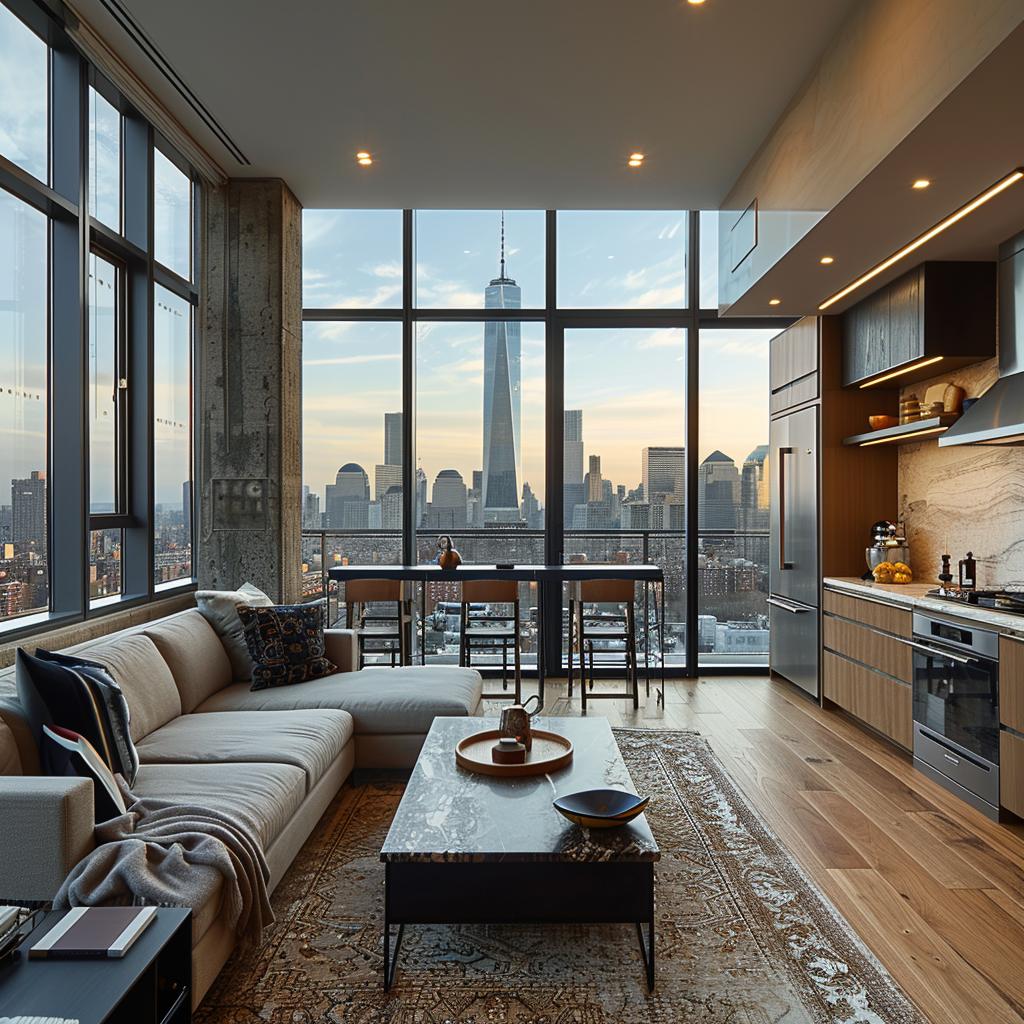
The Future of AI in Interior Design
As we envision the future of interior design, the integration of artificial intelligence (AI) stands as a transformative force with boundless potential. AI has the capacity to revolutionize the way we conceive, create, and experience our living spaces, ushering in a new era of innovation and adaptability.
One of the most promising aspects of AI in interior design is its ability to create spaces that are highly responsive to human needs and preferences. Through advanced algorithms and machine learning capabilities, AI can analyze vast amounts of data about individuals' habits, preferences, and lifestyle patterns to tailor spaces to their specific requirements. From adjusting lighting and temperature to optimizing furniture layout and decor choices, AI can personalize interiors in ways that enhance comfort, convenience, and overall well-being.
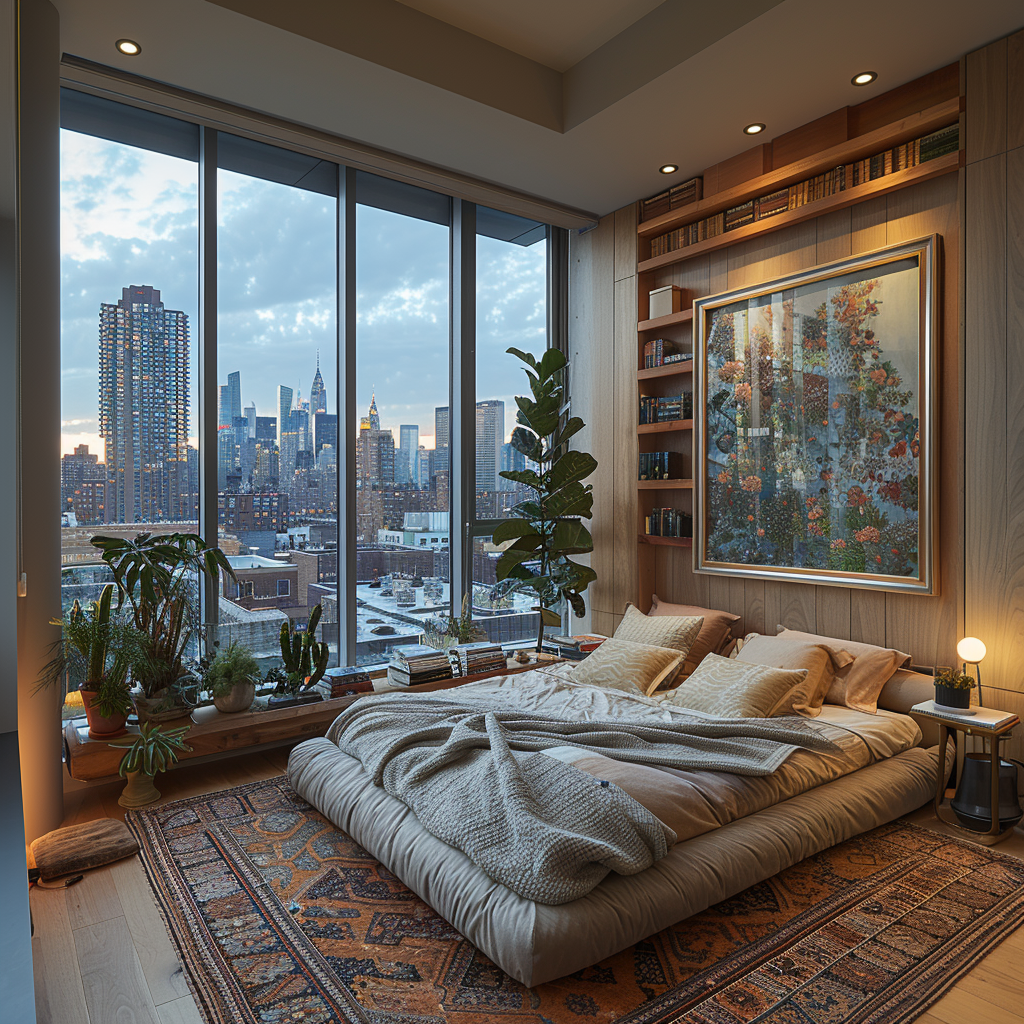
Furthermore, AI has the potential to drive sustainability and efficiency in interior design practices. By analyzing environmental data and simulating various design scenarios, AI systems can optimize energy usage, minimize waste, and recommend eco-friendly materials and construction techniques. This proactive approach to sustainability not only reduces the environmental impact of interior design projects but also contributes to the creation of healthier and more environmentally conscious living environments.
In addition to enhancing functionality and sustainability, AI has the capacity to foster inclusivity and accessibility within interior spaces. By incorporating features such as voice-controlled assistants, smart home devices, and assistive technologies, AI can empower individuals with diverse abilities to navigate and interact with their environments more effectively. This emphasis on inclusivity ensures that interior spaces are accessible and welcoming to people of all ages, backgrounds, and abilities.
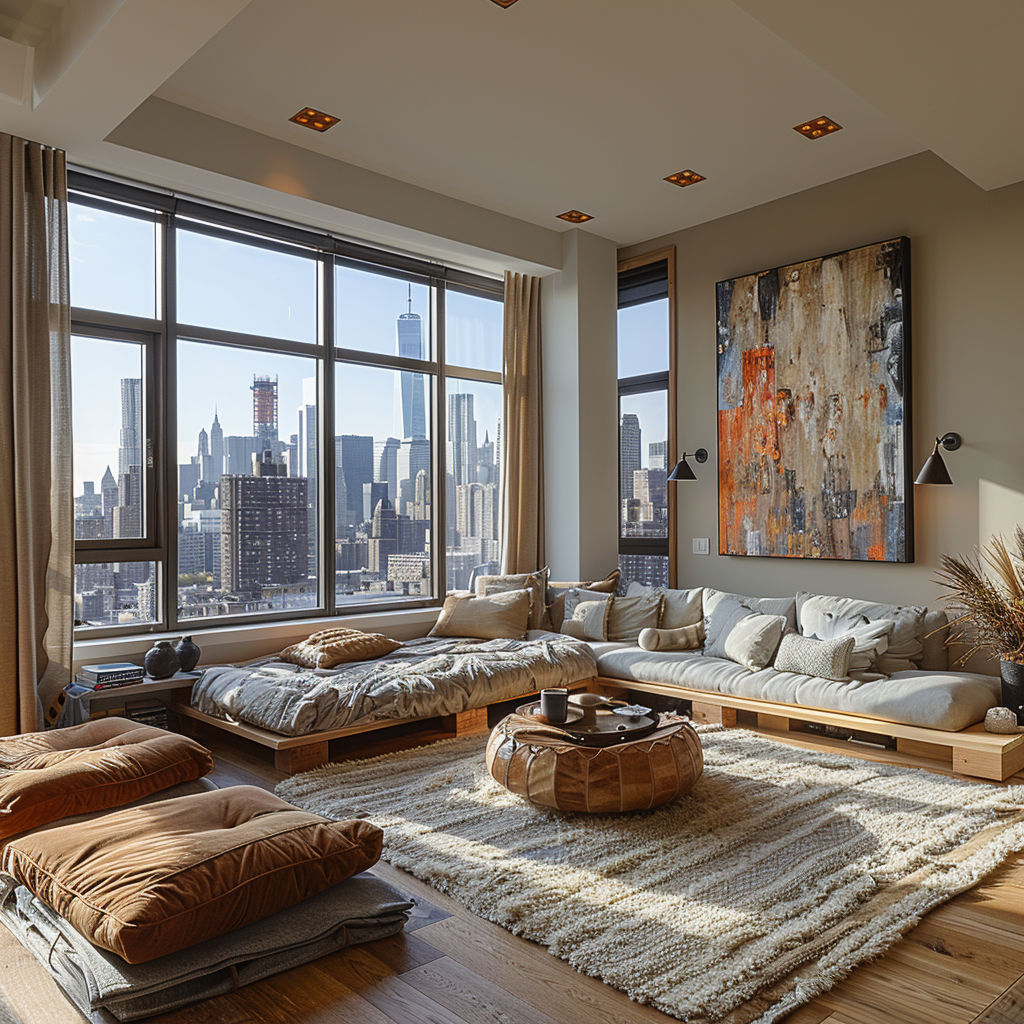
However, as we embrace the potential of AI in interior design, it is essential to recognize the importance of maintaining a balance between technological innovation and human creativity. While AI can provide valuable insights and recommendations, it is ultimately human designers who possess the vision, intuition, and artistic sensibility to transform spaces into truly inspiring environments. Therefore, the future of AI in interior design lies in fostering collaboration between humans and machines, leveraging AI as a tool to augment and enhance human creativity rather than replace it.
In summary, the future of interior design with AI holds immense promise for creating spaces that are intelligent, sustainable, and inclusive. By harnessing the power of AI to personalize experiences, drive sustainability, and promote accessibility, we can unlock new possibilities for how we live, work, and interact with our surroundings. As we navigate this exciting frontier, the key lies in embracing AI as a catalyst for innovation and transformation, shaping a future where our living spaces reflect our values, aspirations, and individuality.
